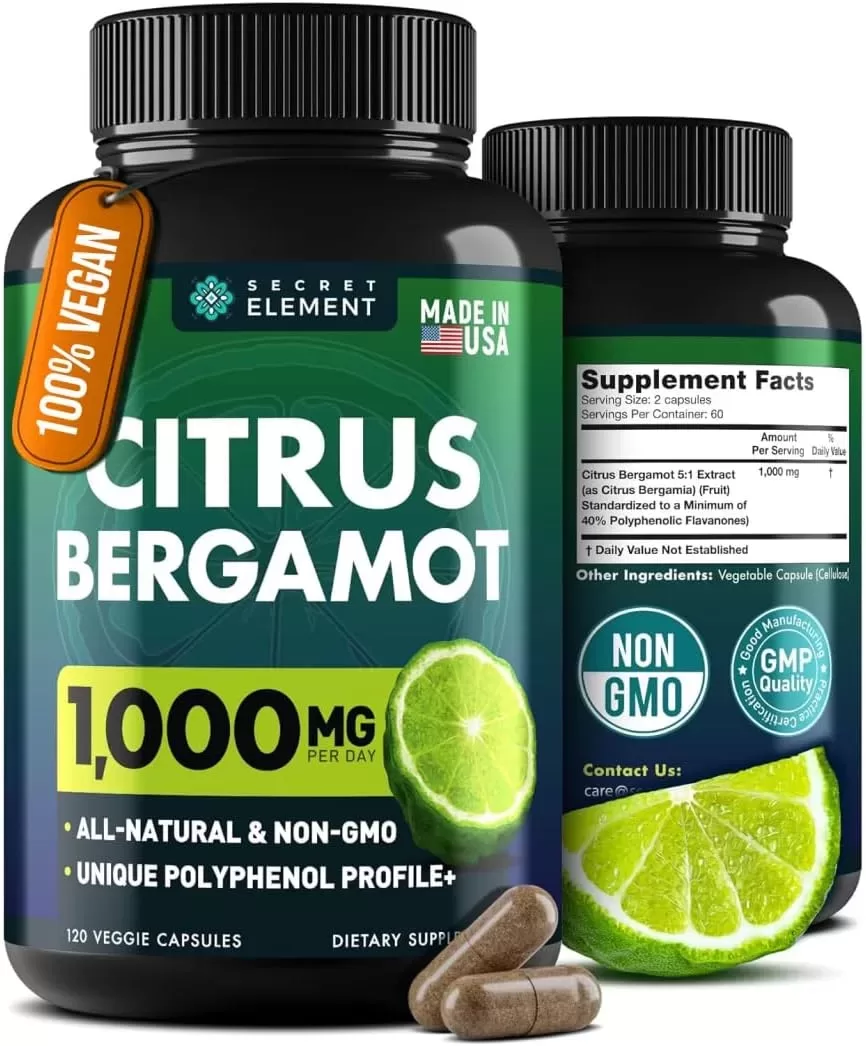Salmon is a nutritious and delicious dish that can be enjoyed in countless ways. Since it is a type of meat, people generally assume that it should be washed before cooking to eliminate any germs or bacteria that may be in it. Does washing salmon before cooking make it cleaner and safer to eat?
It is not recommended to wash salmon before cooking it. Doing so may do more harm than good. Rinsing it under running water may spread the bacteria and juices in the meat to your sink, cutting boards, and kitchen surfaces.
We will talk about why you shouldn’t wash your salmon under running water, what types of bacteria you may be spreading in your home if you do, and various ways to minimize your risk of exposure to the bacteria found in fresh salmon.
We will also touch on how you can rinse off the frost formation on your frozen salmon, then I will throw in a simple guide on how to prepare sushi. Let’s start!

Should You Wash Salmon Before Cooking?
You should not wash salmon before cooking. It is an unnecessary step that may inadvertently spread the bacteria you’re trying to get rid of. This is called cross-contamination, which is a culprit in spreading foodborne illnesses.
Cross-contamination occurs when bacteria are transferred from one object to another. The bacteria present in raw meat, like salmon, may be transferred to other nearby surfaces if you rinse it under running water. Splashes will be almost unavoidable, which is how bacteria will be passed on (source: Minnesota Department of Health).
Here are some bacteria that might be present in raw salmon (source: Healthline):
- Clostridium botulinum
- Escherichia coli
- Hepatitis A
- Listeria monocytogenes
- Norovirus
- Salmonella
- Shigella
- Staphylococcus aureus
- Vibrio
Washing or rinsing salmon under running water will not strip it of these bacteria. Cooking at the right temperature will kill these bacteria and make salmon safe to eat. Seafood should be cooked to 145 ℉ (62.78 ℃), or until the salmon is soft, flaky, and opaque (source: US Department of Agriculture).
Here are some other ways through which you can enjoy your salmon minus the risk of exposing yourself to harmful bacteria:
- Blast-freeze raw salmon to -31 ℉ (-35 ℃) before consuming it as sushi. You might also want my guide to how long sushi-grade salmon will last.
- Before eating, always make sure that your salmon is firm, has no discolorations, and has no foul odor.
- Make sure that the knives or utensils touching your salmon are clean.
- Keep your salmon refrigerated until just before you start to prepare and cook it.

Do You Wash Frozen Salmon?
Wash frozen salmon under cold running water to get rid of any ice or frost that might have formed on the surface. Make sure to take it out of its packaging before rinsing. Pat the salmon dry before cooking to get rid of excess moisture.
It may come as a surprise to some that salmon does not need to be thawed before the cooking process. You can achieve the same natural flavor and consistency if you cook it right after taking it out of the freezer and rinsing it.
Salmon is great when seared in a pan, baked, broiled, or poached. You can check for doneness by inserting a sharp knife through the flesh. The salmon should be opaque and should separate into big flakes (source: Martha Stewart).
Another jaw-dropper is that sushi-grade and sashimi-grade salmon are frozen before serving. If you’re thinking of making salmon for sushi, it would be best to store your salmon in the freezer right after purchase. Take it out only when you are ready to prepare your dish.
For more on this, check out my article on how long sushi-grade salmon lasts.

How To Wash Salmon
It is unnecessary to wash fresh salmon before cooking since you might unwittingly splash bacteria and germs all over your kitchen sink. However, if your salmon is frozen, it is best to give it a good rinse to do away with the ice particles or salmon scales that may be stuck to it.
This is how to do it:
- Take the salmon out of the freezer.
- Take it out of the packaging.
- Rinse it under cold running water, but turn the tap on low to avoid splashes.
- Wipe off any ice or frost that may have formed on the surface.
- Place the salmon on a clean plate.
- Pat it dry with a clean piece of cloth or a table napkin.
Unless your salmon is frozen, avoid washing it under running water so you can steer clear of the risk of cross-contamination. Cooking salmon is the best way to rid the meat of bacteria.
If you’re a salmon lover, you might also want my guide on whether to cook salmon skin side up or down, if you should leave salmon skin on when you bake it, and also whether you can eat salmon scales, too.












Comments are closed.